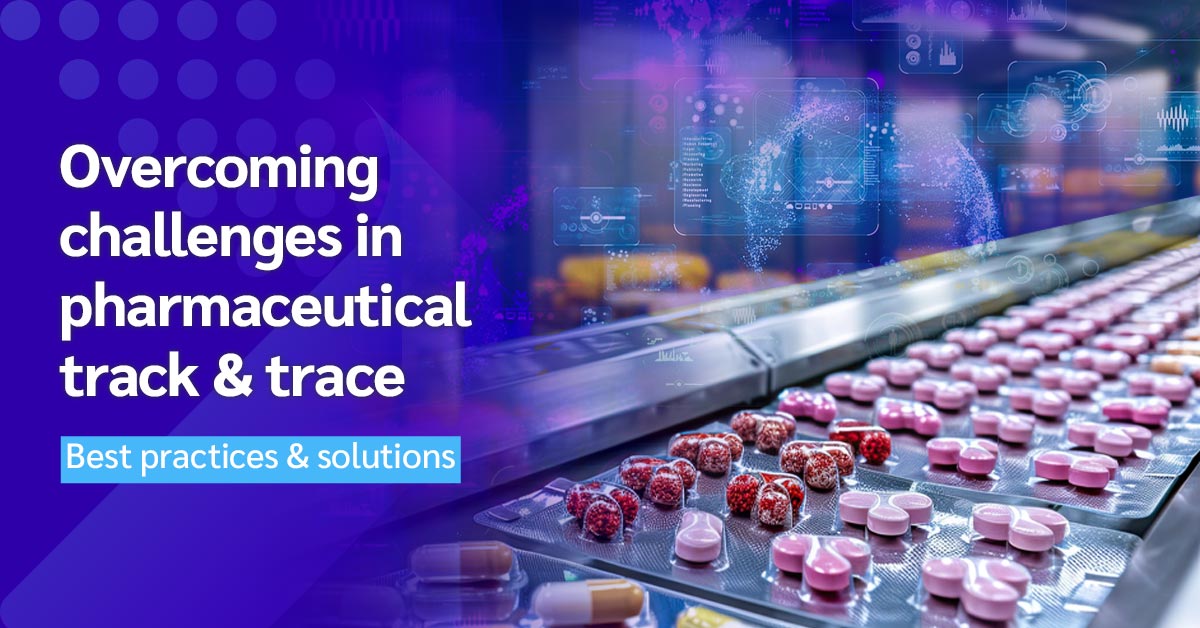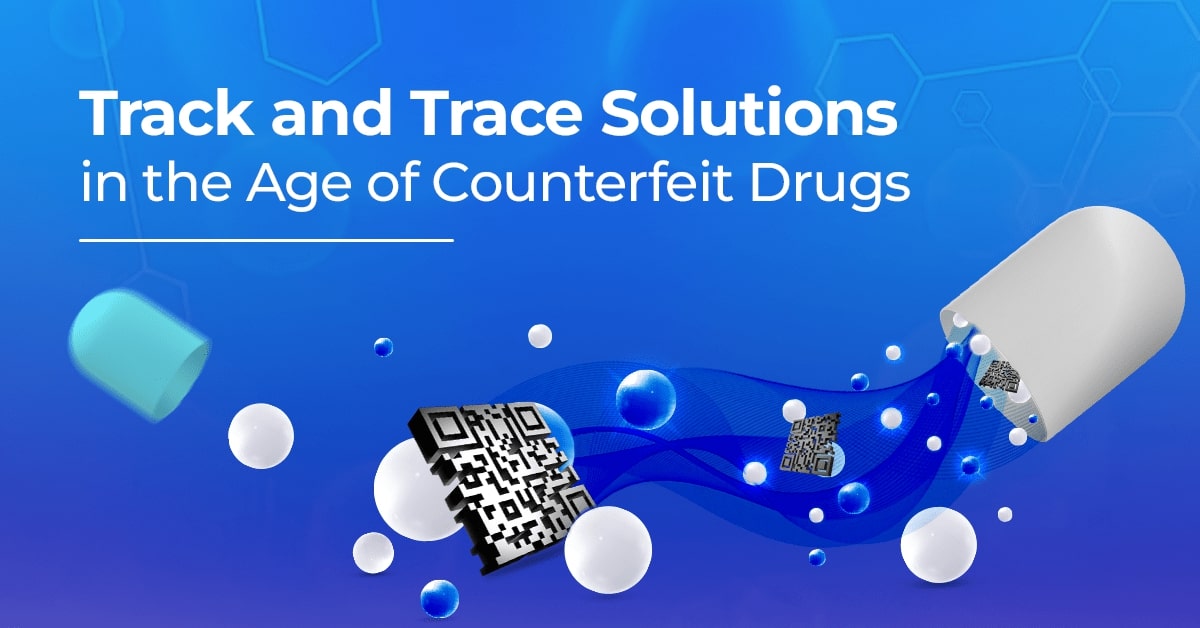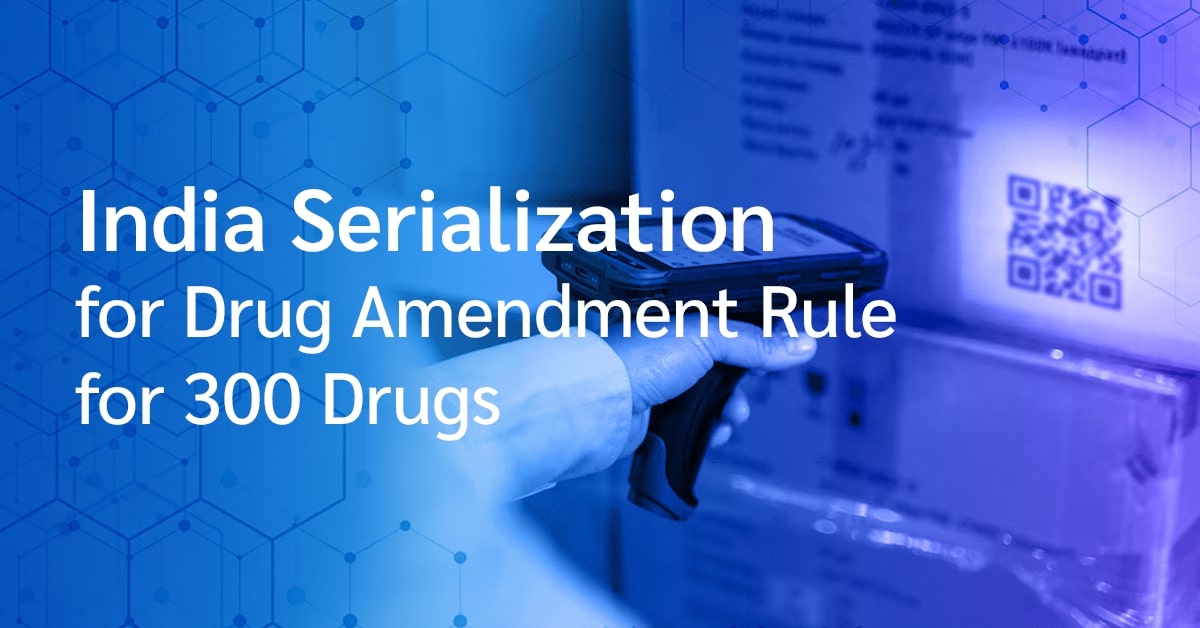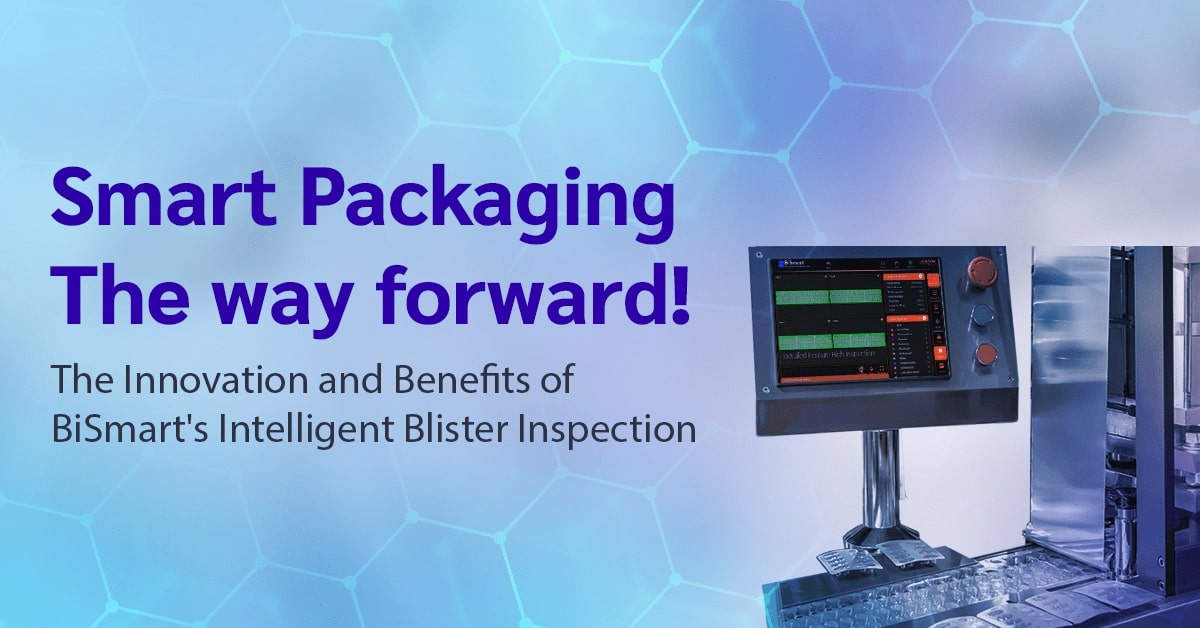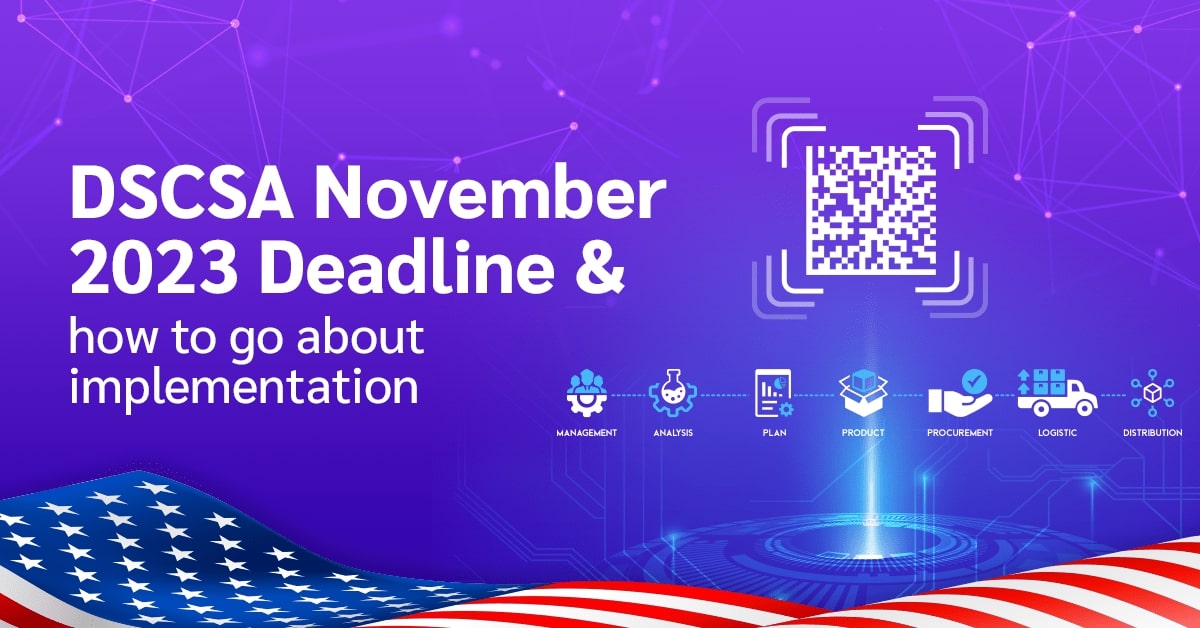The track-and-trace systems in the pharmaceutical industry play a vital role in ensuring high levels of compliance, efficiency, and drug safety. With the increasing complexity of global supply chains, growing regulatory pressures, and the rise in counterfeit drugs, the use of these systems has become critical in the twenty-first century.
Jekson Vision offers best practices and solutions for overcoming obstacles in pharmaceutical track-and-trace systems. Continue reading to discover more about these challenges and the solutions available.
Best practices in pharmaceutical track and trace systems
Here are some of the top and best practices in the pharmaceutical track and trace solutions:
Implementing serialization and identifiers
The track-and-trace process is made effective by assigning a unique identifier to each product through serialization. Serial numbers, QR codes, and barcodes not only facilitate tracking products throughout the supply chain but also ensure compliance with regulatory requirements.
Using the standardized protocols
To keep data flowing smoothly and make track-and-trace systems more accurate, it’s important to use key industry standards like EPCIS and GS1 barcodes. These standards make it easier for everyone involved to work together, ensuring that different systems and stakeholders can communicate seamlessly.
Using the advanced technologies
Businesses should be open to using advanced technologies in the track and trace systems. Blockchain technology offers a decentralized and immutable ledger for transaction recording. It increases the security and transparency for tracing the origin and movement of the pharma products.
Radio-frequency identification (RFID) and the Internet of Things (IoT) allow real-time visibility into the product’s movement. RFID helps in data storage and transmission wirelessly while IoT devices can monitor product integrity and environmental conditions.
Promoting data integrity and accuracy
Unlike any other system, data integrity and accuracy are integral components of the track and trace systems in pharmaceutical markets. The dedicated data validation processes, regular audits, and robust data management practices help ensure the reliability of the information in these systems.
Further, cybersecurity measures like regular security assessments, access controls, and encryption solutions take the right steps to prevent unauthorized access and protect sensitive data.
Creating awareness among industry partners
Creating awareness about the track and trace systems among the industry partners and stakeholders helps reinforce these systems. It is easy to share the best practices, address the common challenges, and participate in the key industry challenges for unifying the overall experiences.
Monitoring the key regulatory changes
The regulatory requirements for the track and trace systems are constantly evolving and hence it is crucial for the companies to adhere to these guidelines. It helps to maintain compliance and avoid potential penalties when systems are adapted according to the changes in regulations.
Pharmaceutical track and trace systems- Key challenges and effective solutions
Here are some of the top and best practices in the pharmaceutical track and trace solutions:
Adhering to regulatory compliances
Pharma companies must adhere to the Drug Supply Chain Security Act (DSCSA) in the United States, the Falsified Medicines Directive (FMD) in the European Union, and other similar regional regulations for effective supply chains. Navigating these compliances remains a key challenge for many businesses.
Solution: Track and trace systems offer specialized regulatory tools and software to support adherence to regulatory compliances. These tools offer regulatory reporting, audit trails, and proper documentation management.
Complex supply chains
The involvement of multiple stakeholders in the pharmaceutical supply chain like retailers, wholesalers, distributors, and manufacturers makes it difficult to track and trace the products. Adherence to standardized practices becomes difficult for the different stakeholders in the supply chain.
Solution: The integrated track and trace systems in pharmaceutical markets combine different functionalities like managing product information, monitoring supply chain activities, and creating compliance reports. Hence, the overall supply chain is streamlined. The use of cloud-based solutions further promotes real-time data access and collaboration among stakeholders irrespective of their location.
Threat of counterfeit drugs
The entry of counterfeit drugs into the supply chain poses serious risks to the patients and can quickly undermine the trust in pharmaceutical companies. Hence, counterfeiting remains a serious challenge to the pharmaceuticals which require immediate solutions with track and trace systems.
Solution: Automated data capture solutions like RFID readers, barcode scanners, and other leading technologies help in improving the overall accuracy and efficiency of the track and trace systems. Hence, the chances of the entry of counterfeit drugs are significantly eliminated.
Parting words
The pharmaceutical track and trace systems offer the right combination of efficiency, compliance, and safety in the supply chains. It is easy to understand the best practices, top challenges, and key solutions offered by modern solution providers.
Jackson Vision enables end-to-end traceability in the pharma industry with its best-in-class and technologically-powered service solutions.

